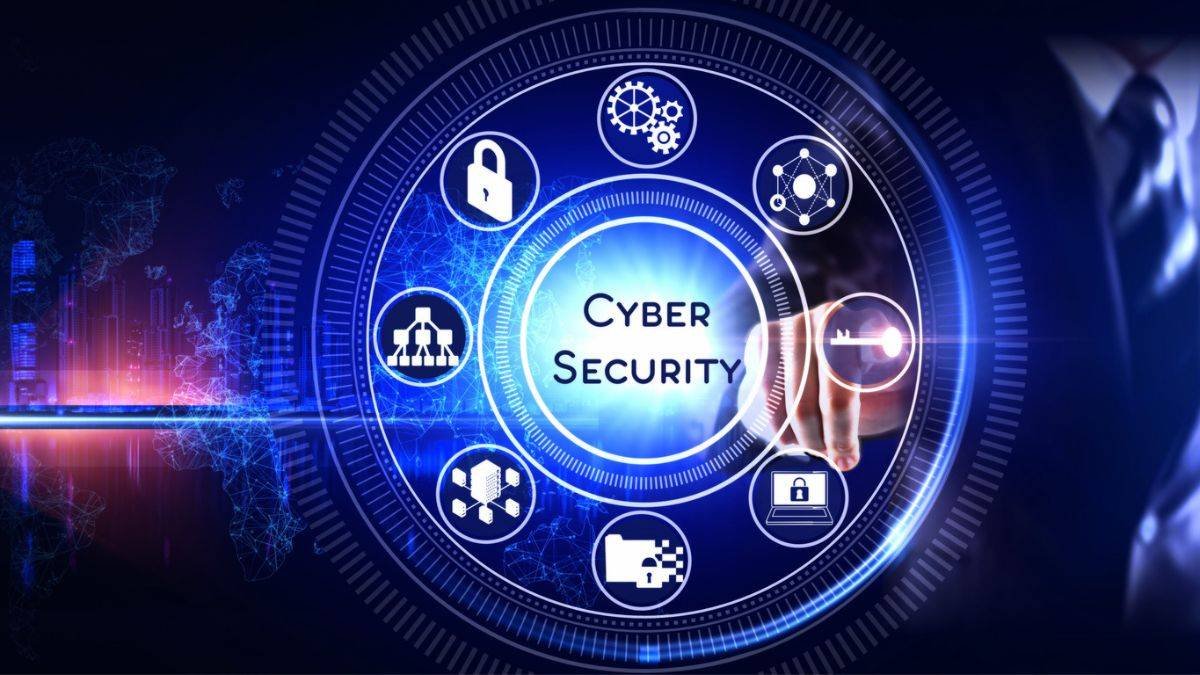What are the challenges of cyber security?

In the contemporary digital age, the importance of cybersecurity cannot be overstated. As businesses increasingly rely on digital infrastructure to conduct business and store sensitive data, they face many challenges in protecting their systems and information from cyber threats. From sophisticated hacking attempts to insider threats and evolving regulatory requirements, the landscape of cybersecurity is fraught with challenges that require constant vigilance and proactive measures to mitigate. In this blog, we’ll explore some of the key challenges facing cybersecurity professionals and organizations in safeguarding against cyber attacks and maintaining the integrity and confidentiality of their data and systems.
A career in cybersecurity offers exciting opportunities to safeguard digital assets, combat cyber threats, and protect organizations from potential risks. As cyber-attacks become increasingly sophisticated and prevalent, the demand for skilled cybersecurity professionals continues to rise across industries. Pursuing a cyber security course provides comprehensive training in various aspects of cybersecurity, including threat detection, incident response, vulnerability assessment, ethical hacking, and compliance. Such courses cover end-to-end aspects of cybersecurity, equipping individuals with practical skills, industry-recognized certifications, and hands-on experience through simulated exercises and real-world scenarios. This education prepares professionals to address the evolving challenges of cybersecurity, navigate complex threats, and contribute effectively to safeguarding digital infrastructures and data.
What is cyber security?
Cybersecurity is the practice of protecting the computer systems, networks, and digital data from unauthorized access, cyber attacks, and breaches. It comprises of a range of measures, technologies, and processes designed to safeguard information assets, maintain confidentiality, integrity, and availability, and mitigate risks posed by malicious actors. Cybersecurity aims to prevent unauthorized access to sensitive data, detect and respond to security incidents promptly, and ensure the resilience and continuity of digital operations. In essence, cybersecurity is essential for maintaining trust in digital interactions, safeguarding privacy, and protecting organizations and individuals from the detrimental effects of cyber threats.
Types of cyber security
Cybersecurity encompasses various types of security measures aimed at protecting digital systems, networks, and data from cyber threats and attacks. Some key types of cybersecurity include:
Network Security: Focuses on securing computer networks from unauthorized access, malware, and other cyber threats through measures such as firewalls, intrusion detection systems, and virtual private networks (VPNs).
Endpoint Security: Secures individual devices such as computers, smartphones, and tablets from phishing, malware, and other cyber threats through endpoint protection solutions, encryption, and access controls.
Data Security: It Involves protecting sensitive data from unauthorized access, disclosure, or theft through encryption, access controls, data loss prevention (DLP), and secure data storage practices.
Application Security: Ensures the security of software applications by identifying and addressing vulnerabilities in code, implementing secure coding practices, and conducting regular security testing.
Cloud Security: Focuses on securing cloud-based services, applications, and data from cyber threats through encryption, access management, and security monitoring.
Identity and Access Management (IAM): Manages the user identities accessing the rights to ensure that only authorized users can access systems and resources, and implements multi-factor authentication and identity federation.
Security Awareness and Training: Educates employees and users about cybersecurity best practices, threats, and risks, and provides training on how to identifying and respond to cyber attacks.
These types of cybersecurity measures work together to protect digital assets, maintain data privacy, and ensure the integrity and availability of information in an increasingly connected and digital world.
Importance of cyber security
Cybersecurity is crucial in safeguarding digital systems, networks, and data from cyber threats, breaches, and attacks. As organizations, governments, and individuals increasingly rely on digital technology for communication, commerce, and critical infrastructure, the importance of cybersecurity cannot be overstated. Effective cybersecurity measures protect sensitive information, maintain trust in digital transactions, and ensure the integrity and availability of digital assets. By mitigating the risks posed by malicious actors, cybersecurity helps prevent financial losses, reputational damage, and disruption to operations. Ultimately, cybersecurity is essential for preserving privacy, maintaining national security, and fostering a safe and secure digital environment for all users.
Challenges of cyber security
Network Security: Protecting computer networks from unauthorized access, data breaches, and cyber attacks by implementing firewalls, intrusion detection systems, and encryption protocols to secure network traffic and prevent unauthorized access.
Application Security: Ensuring the security of software applications by identifying and addressing vulnerabilities in code, implementing secure coding practices, and conducting regular security testing to prevent exploitation by attackers.
Endpoint Security: Securing endpoints such as computers, laptops, smartphones, and other devices from cyber threats, malware, and unauthorized access by deploying endpoint protection solutions, encryption, and access controls.
Data Security: Protecting sensitive data from unauthorized access, disclosure, or theft by implementing encryption, access controls, data masking, and data loss prevention measures to safeguard data at rest, in transit, and in use.
Identity Management: Managing user identities and access rights to ensure that only authorized users can access systems and resources, and implementing multi-factor authentication, single sign-on, and identity federation to enhance security and streamline access control.
Database and Infrastructure Security: Securing databases, servers, and other IT infrastructure components from cyber threats, vulnerabilities, and attacks by implementing security controls, patch management, and security monitoring to protect against data breaches and unauthorized access.
Cloud Security: Protecting cloud-based services, applications, and data from cyber threats and vulnerabilities by implementing security controls, encryption, and access management to ensure data privacy, compliance, and resilience in cloud environments.
Security for Mobile Devices: Securing smartphones, tablets, and other mobile devices from malware, data breaches, and unauthorized access by implementing mobile device management (MDM), encryption, and security policies to protect sensitive data and ensure device integrity.
Disaster Recovery/Business Continuity Planning: Developing and implementing strategies and procedures to ensure the resilience and continuity of business operations in the event of a cyber attack, natural disaster, or other disruptive events, including data backup, recovery, and continuity planning to reduce downtime and mitigate financial and reputational losses.
Conclusion
The challenges of cybersecurity are multifaceted and ever-evolving, ranging from network vulnerabilities to data breaches and identity theft. As organizations and individuals navigate this complex landscape, the need for skilled cybersecurity professionals has never been greater. A cyber security course offers a structured pathway to acquiring essential skills and knowledge in network security, data protection, and incident response. Through hands-on training, practical exercises, and industry-recognized certifications, individuals can develop the expertise needed to address cybersecurity challenges effectively and contribute to safeguarding the digital assets and privacy in an increasingly interconnected world.


